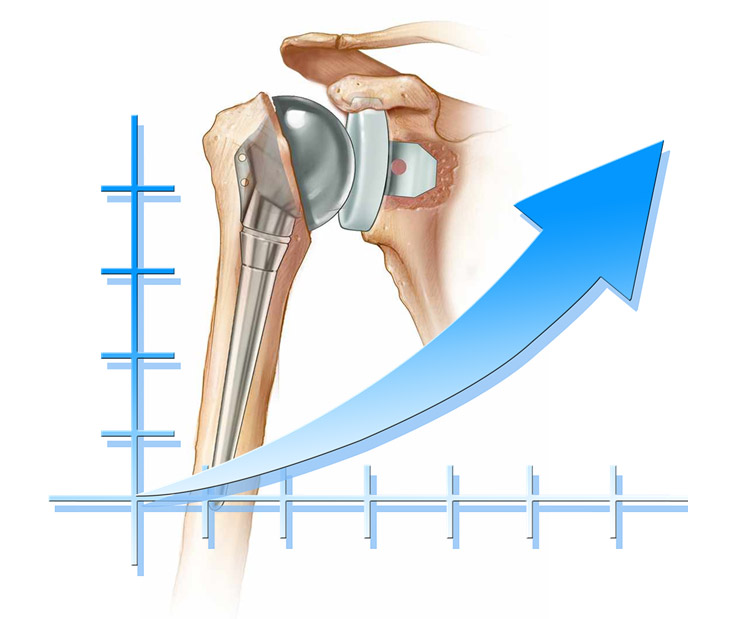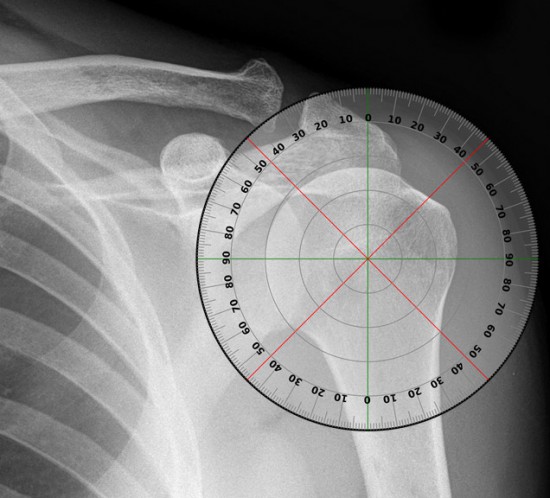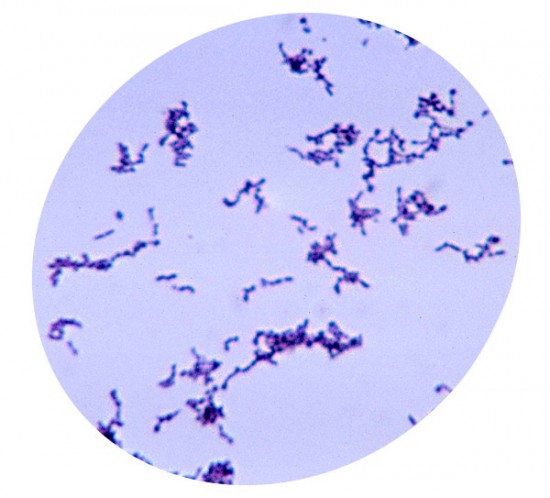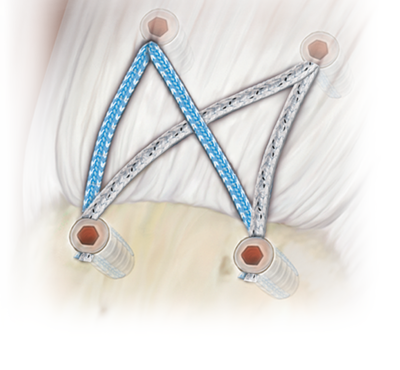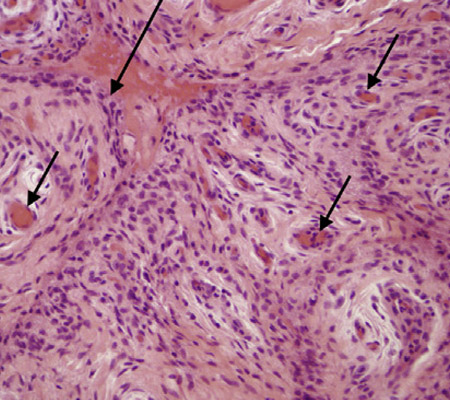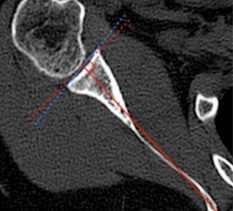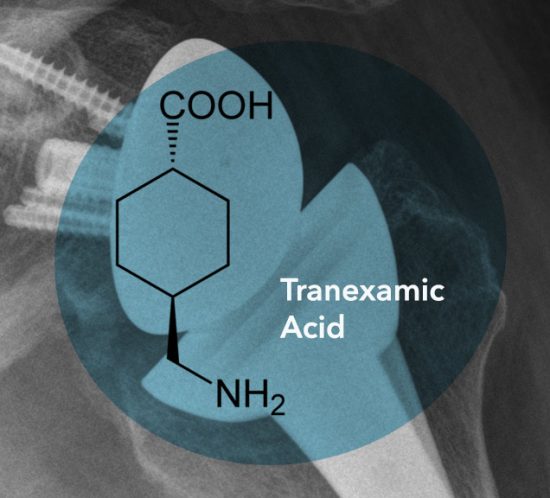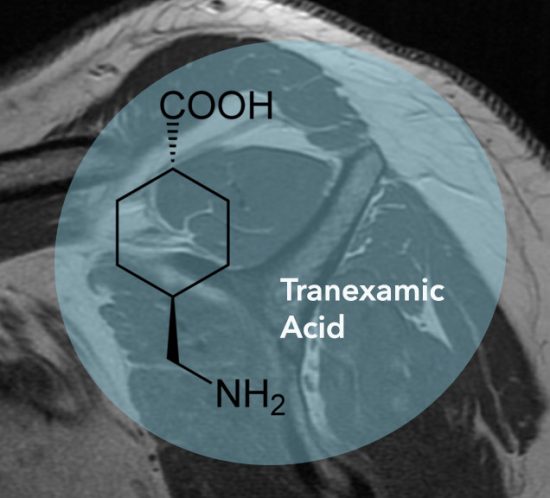Background
Total shoulder replacement* has become a mainstay for several painful shoulder conditions when non-operative treatments fail and in the majority of cases, the surgery provides predictable pain relief, mobility and functional improvement with satisfactory longevity.
Patient satisfaction, however, has been seen to fall short immediately following the surgery but improve with time. With this study, we wish to see how outcomes vary both in the short and long term and improve upon the paucity of long term data both locally and globally.


